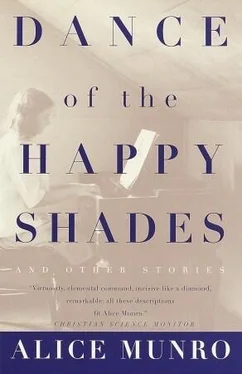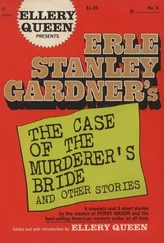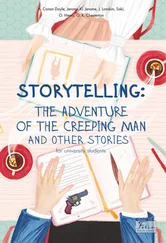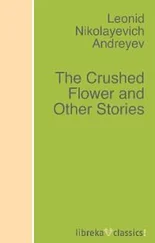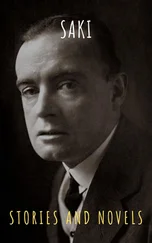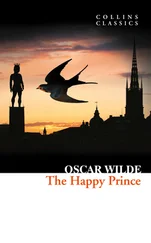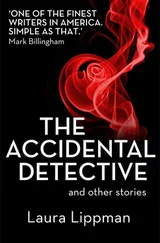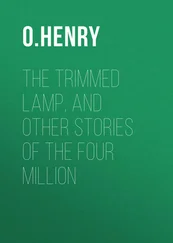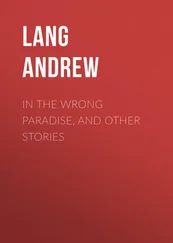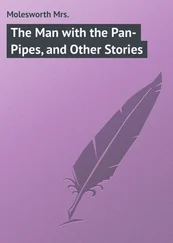Dance of the Happy Shades
And Other Stories
by Alice Munro
Alice Munro grew up in Wingham, Ontario, and attended the University of Western Ontario. She has published twelve collections of stories and two volumes of selected stories, as well as a novel. During her distinguished career she has been the recipient of many awards and prizes, including three of Canada’s Governor General’s Literary Awards and two of its Giller Prizes, the Rea Award for the Short Story, the Lannan Literary Award, England’s W. H. Smith Book Award, the United States’ National Book Critics Circle Award, the Edward MacDowell Medal in literature, and the Man Booker International Prize. Her stories have appeared in The New Yorker, The Atlantic Monthly, The Paris Review , and other publications, and her collections have been translated into thirteen languages. Alice Munro lives in Clinton, Ontario, near Lake Huron.
The View from Castle Rock
Carried Away
Runaway
Hateship, Friendship, Courtship, Loveship, Marriage
The Love of a Good Woman
Selected Stories
Open Secrets
Friend of My Youth
The Progress of Love
The Moons of Jupiter
The Beggar Maid
Something I’ve Been Meaning to Tell You
Lives of Girls and Women
Dance of the Happy Shades
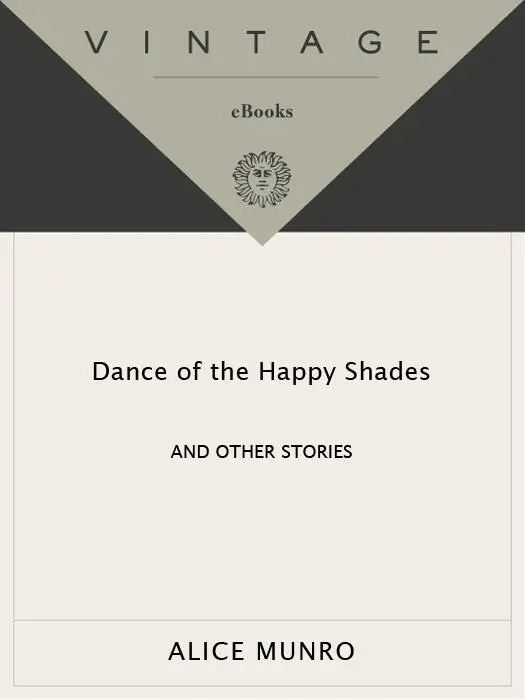
FIRST VINTAGE INTERNATIONAL EDITION, AUGUST 1998
Copyright © 1968, copyright renewed 1996 by Alice Munro
All rights reserved under International and Pan-American Copyright Conventions. Published in the United States by Vintage Books, a division of Random House, Inc., New York. Originally published in Canada by The Ryerson Press in 1968, and in the United States by McGraw-Hill Book Company, New York, in 1973.
Vintage is a registered trademark and Vintage International and colophon are trademarks of Random House, Inc.
A number of the stories (some in slightly different form) were originally published in magazines: “The Peace of Utrecht” and “Thanks for the Ride” in Tamarack Review; “Dance of the Happy Shades,” “Boys and Girls,” “An Ounce of Cure,” and “The Office” in The Montrealer; “The Time of Death” and “Sunday Afternoon” in The Canadian Forum . “Day of the Butterfly” appeared as “Goodbye Myra” in Chatelaine . “The Shining Houses” and “A Trip to the Coast” first were read on the CBC program Anthology .
The Library of Congress Cataloging-in-Publication Data
Munro, Alice.
Dance of the happy shades / Alice Munro.
p. cm.
Contents: Walker Brothers cowboy—The shining houses—Images—Thanks for the ride—The office—An ounce of cure—The time of death—Day of the butterfly—Boys and girls—Postcard—Red dress: 1946—Sunday afternoon—A trip to the coast—The peace of Utrecht—Dance of the happy shades.
eISBN: 978-0-307-81454-8
Canada—Social life and customs—Fiction. I. Title.
PR9199.3.M8D3 1998
813′.54—dc21 98-5267
Author photograph © Jerry Bauer
www.vintagebooks.com
v3.1
Dance of the Happy Shades
And Other Stories

After supper my father says, “Want to go down and see if the Lake’s still there?” We leave my mother sewing under the dining-room light, making clothes for me against the opening of school. She has ripped up for this purpose an old suit and an old plaid wool dress of hers, and she has to cut and match very cleverly and also make me stand and turn for endless fittings, sweaty, itching from the hot wool, ungrateful. We leave my brother in bed in the little screened porch at the end of the front verandah, and sometimes he kneels on his bed and presses his face against the screen and calls mournfully, “Bring me an ice cream cone!” but I call back, “You will be asleep,” and do not even turn my head.
Then my father and I walk gradually down a long, shabby sort of street, with Silverwoods Ice Cream signs standing on the sidewalk, outside tiny, lighted stores. This is in Tuppertown, an old town on Lake Huron, an old grain port. The street is shaded, in some places, by maple trees whose roots have cracked and heaved the sidewalk and spread out like crocodiles into the bare yards. People are sitting out, men in shirt-sleeves and undershirts and women in aprons—not people we know but if anybody looks ready to nod and say, “Warm night,” my father will nod too and say something the same. Children are still playing. I don’t know them either because my mother keeps my brother and me in our own yard, saying he is too young to leave it and I have to mind him. I am not so sad to watch their evening games because the games themselves are ragged, dissolving. Children, of their own will, draw apart, separate into islands of two or one under the heavy trees, occupying themselves in such solitary ways as I do all day, planting pebbles in the dirt or writing in it with a stick.
Presently we leave these yards and houses behind, we pass a factory with boarded-up windows, a lumberyard whose high wooden gates are locked for the night. Then the town falls away in a defeated jumble of sheds and small junkyards, the sidewalk gives up and we are walking on a sandy path with burdocks, plantains, humble nameless weeds all around. We enter a vacant lot, a kind of park really, for it is kept clear of junk and there is one bench with a slat missing on the back, a place to sit and look at the water. Which is generally grey in the evening, under a lightly overcast sky, no sunsets, the horizon dim. A very quiet, washing noise on the stones of the beach. Further along, towards the main part of town, there is a stretch of sand, a water slide, floats bobbing around the safe swimming area, a life guard’s rickety throne. Also a long dark green building, like a roofed verandah, called the Pavilion, full of farmers and their wives, in stiff good clothes, on Sundays. That is the part of the town we used to know when we lived at Dungannon and came here three or four times a summer, to the Lake. That, and the docks where we would go and look at the grain boats, ancient, rusty, wallowing, making us wonder how they got past the breakwater let alone to Fort William.
Tramps hang around the docks and occasionally on these evenings wander up the dwindling beach and climb the shifting, precarious path boys have made, hanging onto dry bushes, and say something to my father which, being frightened of tramps, I am too alarmed to catch. My father says he is a bit hard up himself. “I’ll roll you a cigarette if it’s any use to you,” he says, and he shakes tobacco out carefully on one of the thin butterfly papers, flicks it with his tongue, seals it and hands it to the tramp who takes it and walks away. My father also rolls and lights and smokes one cigarette of his own.
He tells me how the Great Lakes came to be. All where Lake Huron is now, he says, used to be flat land, a wide flat plain. Then came the ice, creeping down from the north, pushing deep into the low places. Like that —and he shows me his hand with his spread fingers pressing the rock-hard ground where we are sitting. His fingers make hardly any impression at all and he says, “Well, the old ice cap had a lot more power behind it than this hand has.” And then the ice went back, shrank back towards the North Pole where it came from, and left its fingers of ice in the deep places it had gouged, and ice turned to lakes and there they were today. They were
Читать дальше
